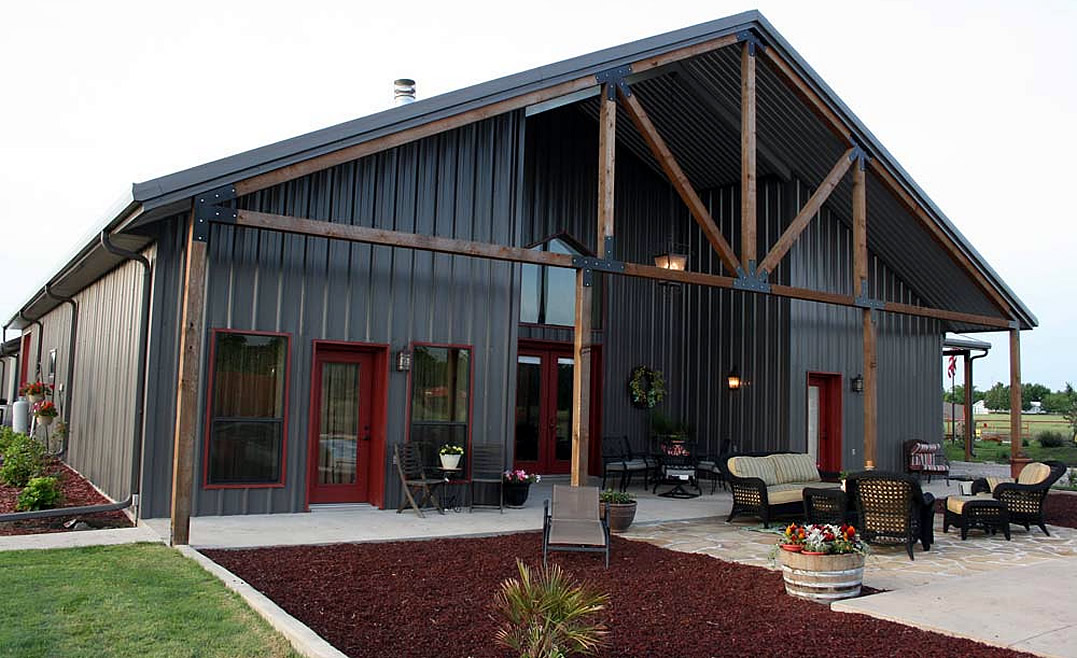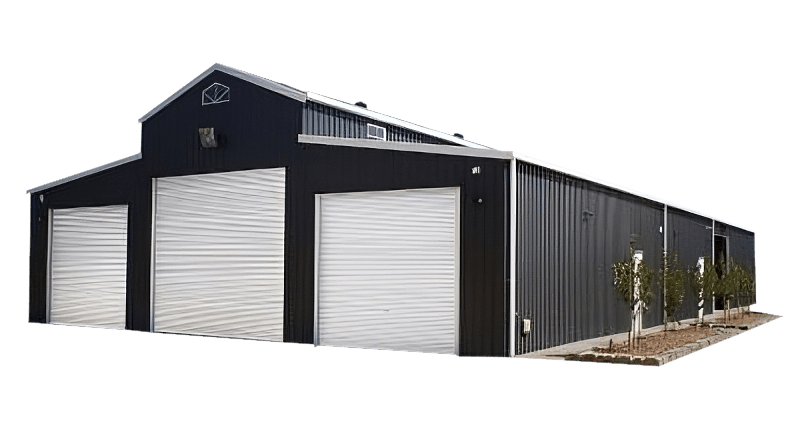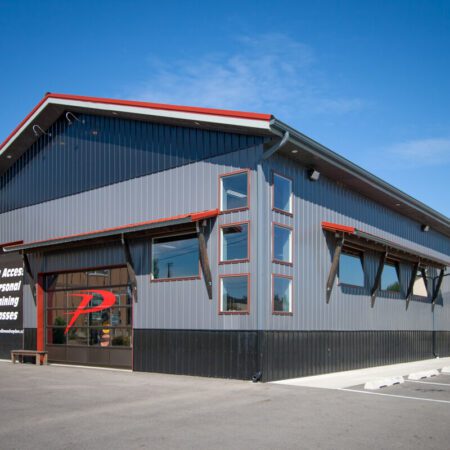Professional Overview to Steel Structure Design: Making The Most Of Performance and Durability
Steel, with its outstanding strength, sturdiness, and versatility, has arised as a popular choice for modern-day structure layout. From optimizing design factors to consider to implementing cost-effective building techniques, the trip towards optimizing efficiency and long life in steel building design is a complex one, providing a blend of sensible difficulties and creative remedies that drive the market onward. steel buildings.
Advantages of Steel Buildings
Steel buildings supply unmatched sturdiness and cost-effectiveness contrasted to conventional building and construction materials. The stamina of steel gives excellent structural stability, making it a preferred option for structures that require to withstand severe climate conditions or heavy tons.
In regards to cost-effectiveness, steel buildings are commonly more cost effective than structures made from various other materials. The reliable building and construction procedure of steel structures can cause lowered labor costs and shorter project timelines. Steel's sturdiness likewise equates to lower upkeep expenditures over time, as there is much less need for fixings or replacements contrasted to traditional building materials.
Layout Factors To Consider for Performance
Provided the benefits of steel structures in terms of resilience and cost-effectiveness, it is essential to concentrate on design factors to consider that optimize efficiency and long life. When designing a steel structure for optimum efficiency, elements such as the orientation, design, and insulation have to be very carefully taken into consideration.

Additionally, integrating energy-efficient systems, such as cooling and heating, lights, and renewable resource sources, can better improve the performance of steel structures. By integrating these style factors to consider, steel structures can achieve optimum effectiveness and durability, supplying cost-effective and lasting options for different construction tasks.
Structural Stability and Long Life

Regular maintenance, consisting of assessments for indications of wear or damage, is likewise essential for recognizing and resolving problems prior to they jeopardize the building's stability. By focusing on architectural integrity in the design stage and throughout the building's life expectancy, proprietors can guarantee their steel frameworks remain safe, reliable, and resilient for years to come.
Economical Construction Techniques
Reliable building and construction approaches play a pivotal role in managing costs without endangering the top quality and stability of steel structure tasks. Furthermore, pre-engineered steel buildings are known for their durability and call for very little maintenance, resulting in long-term price savings.
Another cost-efficient method is the design-build method, where the layout and building phases are incorporated. This technique fosters cooperation between the design and building and construction teams, simplifying the procedure and lessening delays and expense overruns (steel buildings). By involving all stakeholders initially, prospective issues can be determined and fixed early, saving both money and time
Moreover, embracing sustainable building and construction methods, such as using recycled steel and including energy-efficient functions, can lead to substantial expense savings over time. These techniques not just minimize construction waste however additionally reduced operational prices through enhanced power efficiency. In final website here thought, implementing economical building and construction methods is important for making the most of performance and guaranteeing the longevity of steel structure tasks.
Upkeep Tips for Longevity
Appropriate upkeep techniques are crucial for making sure the long life and structural honesty of steel structures. Routine assessments are vital to recognize any kind of signs of rust, damages, or put on that can compromise the building's durability. As part of an extensive maintenance strategy, it is very important to quickly deal with any type of concerns that emerge to prevent them from escalating and causing much more substantial damage.

An additional crucial upkeep idea is to inspect the building's welds, bolts, and links to ensure they are safe and in excellent condition. Any kind of damaged or loose components should be fixed or replaced without delay to maintain the architectural stability of the building. By applying a positive maintenance regimen, steel building proprietors can optimize the long life and performance of their frameworks.
Conclusion
In conclusion, steel structures offer various advantages such as effectiveness, durability, and cost-effectiveness. By carefully taking into consideration layout facets, making certain architectural honesty, and making use of affordable building and construction techniques, steel structures can be optimized for optimal effectiveness and long life.
From enhancing design factors to consider to implementing economical building and construction strategies, the journey in the direction of optimizing performance and long life in steel building style is a complex one, providing a mix of useful challenges and creative options that drive the sector onward.
Given the benefits of steel structures in terms of sturdiness and cost-effectiveness, it is critical to concentrate on layout factors to consider that make best use of effectiveness and long life. When designing a steel building for optimum efficiency, factors such as the insulation, alignment, and layout have to be very carefully considered. In verdict, executing cost-effective building and construction methods is essential for maximizing Recommended Reading performance and making sure the long life of steel structure tasks.
By meticulously considering design aspects, ensuring structural integrity, and utilizing click this site affordable construction methods, steel buildings can be optimized for maximum efficiency and long life.